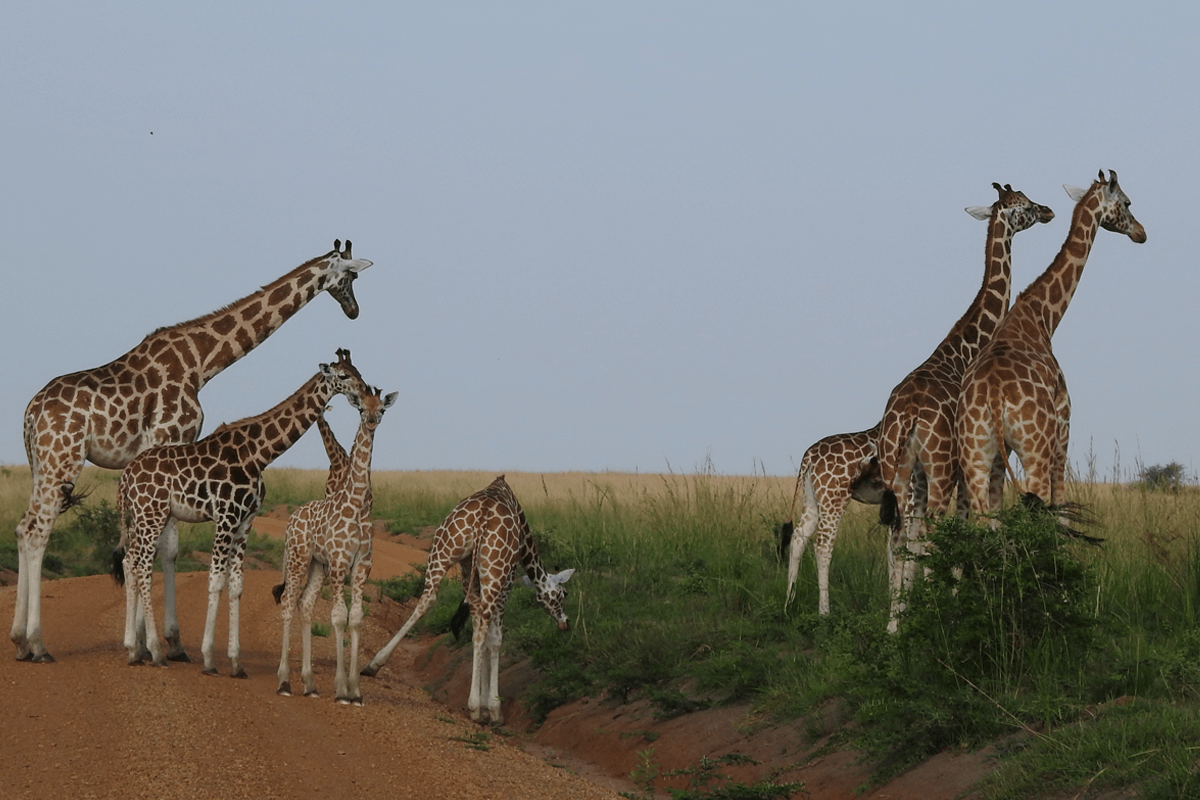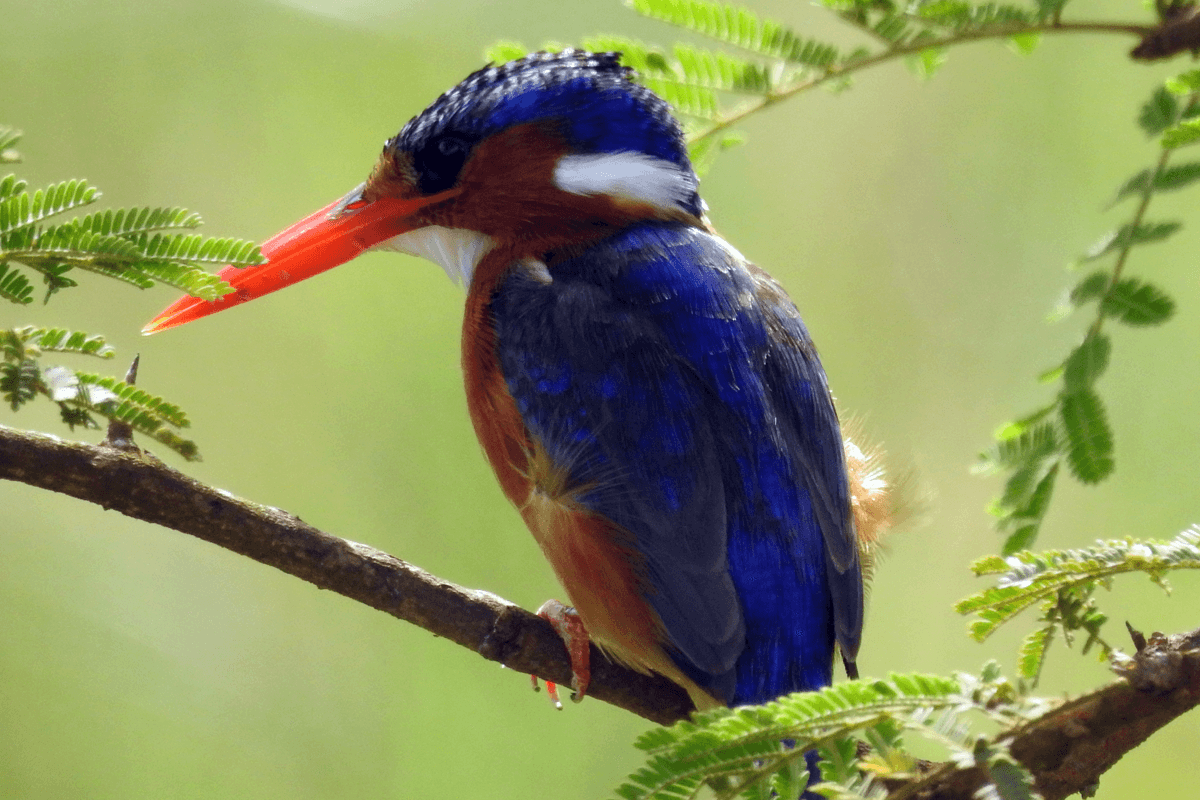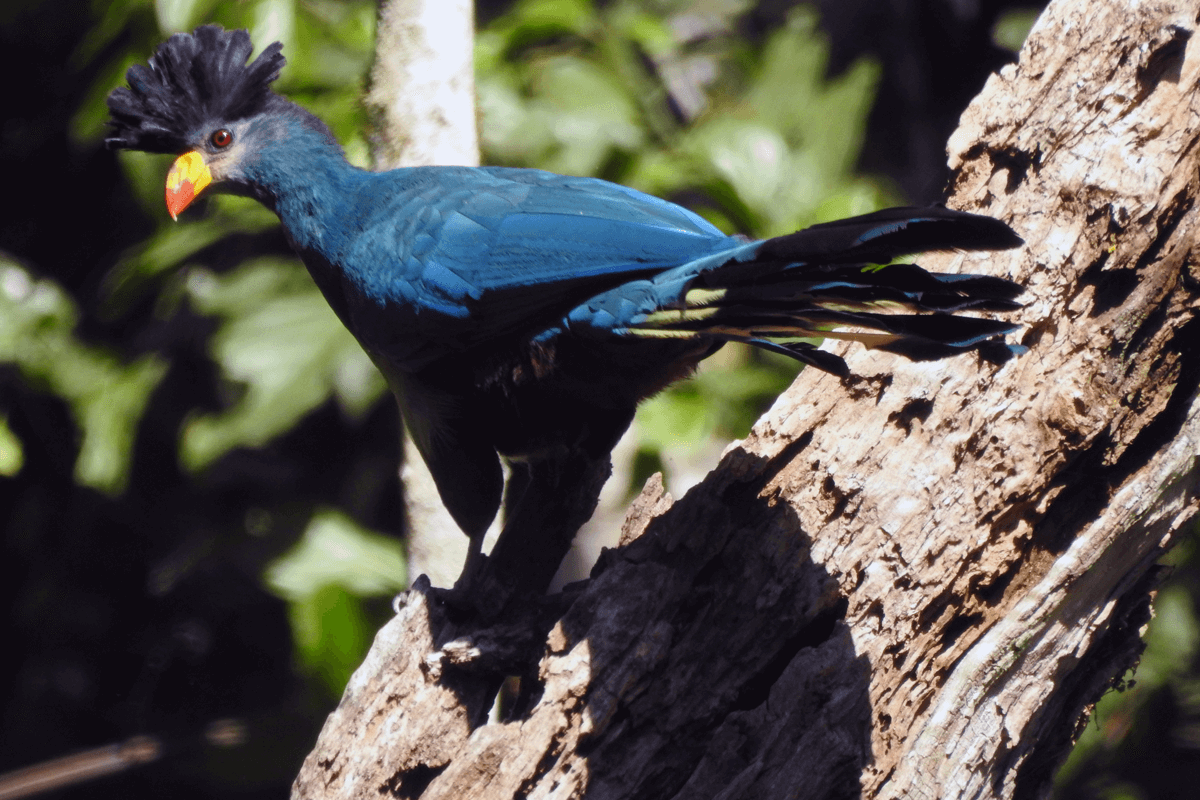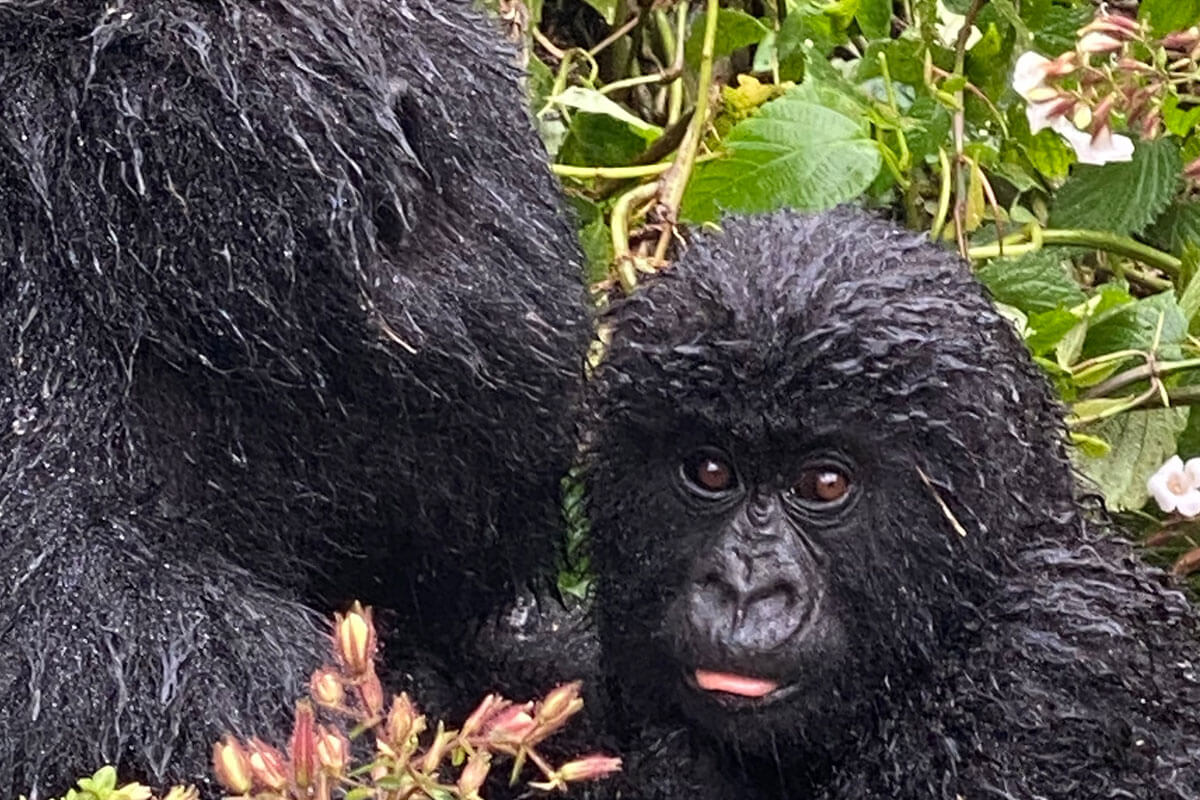Tucked in the misty rugged hills of southwestern Uganda, Bwindi Impenetrable National Park stands as a testament to Africa’s unspoiled beauty and astonishing biodiversity. Spanning over 25,000 years of history, this natural wonder boasts a dense rainforest teeming with around 400 plant species, earning a UNESCO World Heritage Site recognition.
One of Bwindi’s unparalleled draws is the opportunity for gorilla tracking, a rare and intimate experience that has made the park globally known.
This activity, allowing visitors to hike through the rugged terrain in search of the magnificent mountain gorillas, has become synonymous with the park’s identity. Bwindi is home to about half of the world’s population of these gentle giants, making it a premier destination for wildlife enthusiasts and conservationists alike.
Activities In Bwindi Impenetrable N.P
1. Gorilla Tracking
The park’s pinnacle experience is encountering the majestic mountain gorillas, housing half of the world’s population. Observing these gentle giants, closely related to humans, is an unparalleled experience.
The hike before you meet the gorillas is not an easy one but once you meet the gorillas, everything else disappears into the background and your 1 hour with the gorillas just passes without your awareness of time. Controlled daily visitor numbers ensure an hour of intimate observation, marvelling as they feed and interact within their home.
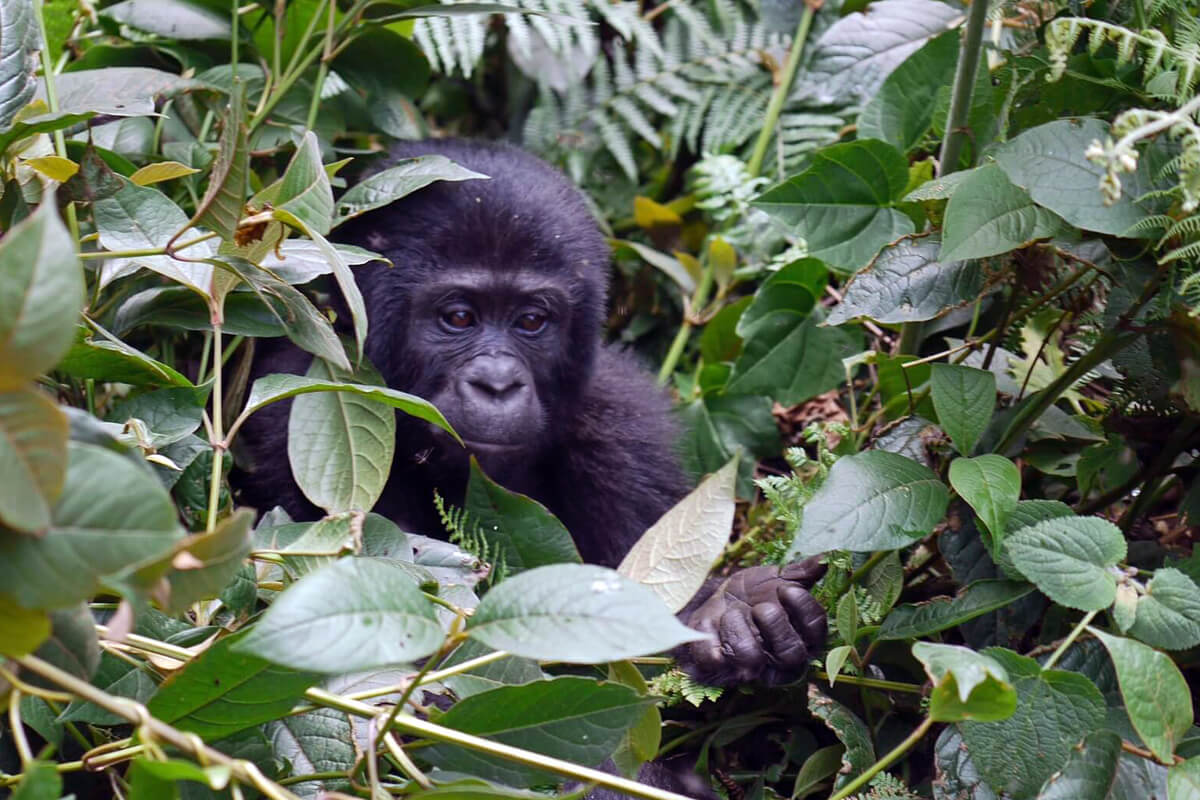
2. Gorilla Habituation
Gorilla habituation is the process of acclimatising mountain gorillas to human interaction. Before wild gorillas can be considered safe for tourism, they have to first get used to meeting humans and feel safe enough that their daily activity is not hindered. It is toward the final stages of this when gorilla habituation.
Unlike gorilla tracking, gorilla habituation allows even fewer people but longer periods (4 hours) with the gorillas. Gorilla habituation permits are extremely rare and limited, so if you are interested, let us know ahead of time for proper planning and scheduling.
3. Bird Watching
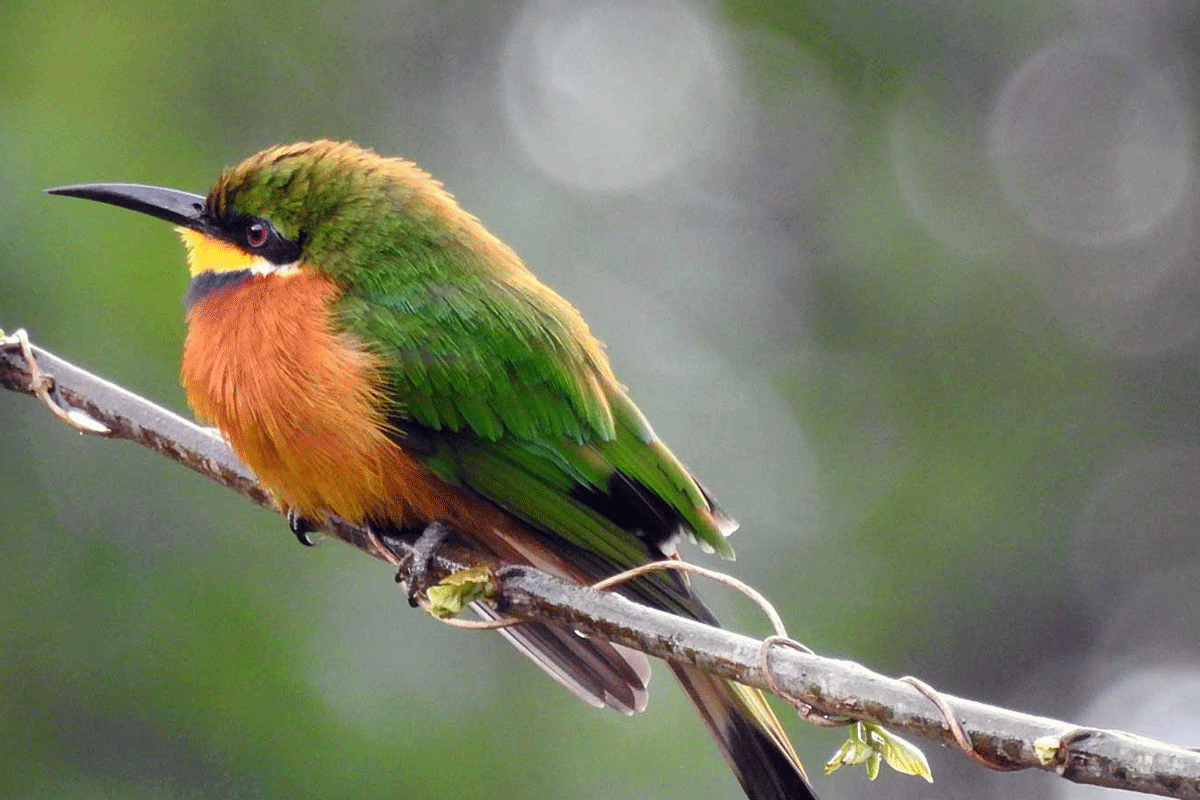
Beyond gorillas, Bwindi is also known as a great place for bird watching. The park is home to more than 350 species, including endemics like the Short-tailed Warbler and Blue-headed Sunbird.
The chatter of birds, including threatened species, adds a nature’s perfect symphony that is the Bwindi ecosystem.
4. Cycling/Mountain Biking
Riding a bike is one great way of exploring the park and its surrounding community.
The most popular bike trails are in the Buhoma sector and will take you to waterfalls and many parts of the forest where you will see wildlife – especially monkeys. This round trip offers a unique perspective of the park’s vistas, amidst its lush greenery.
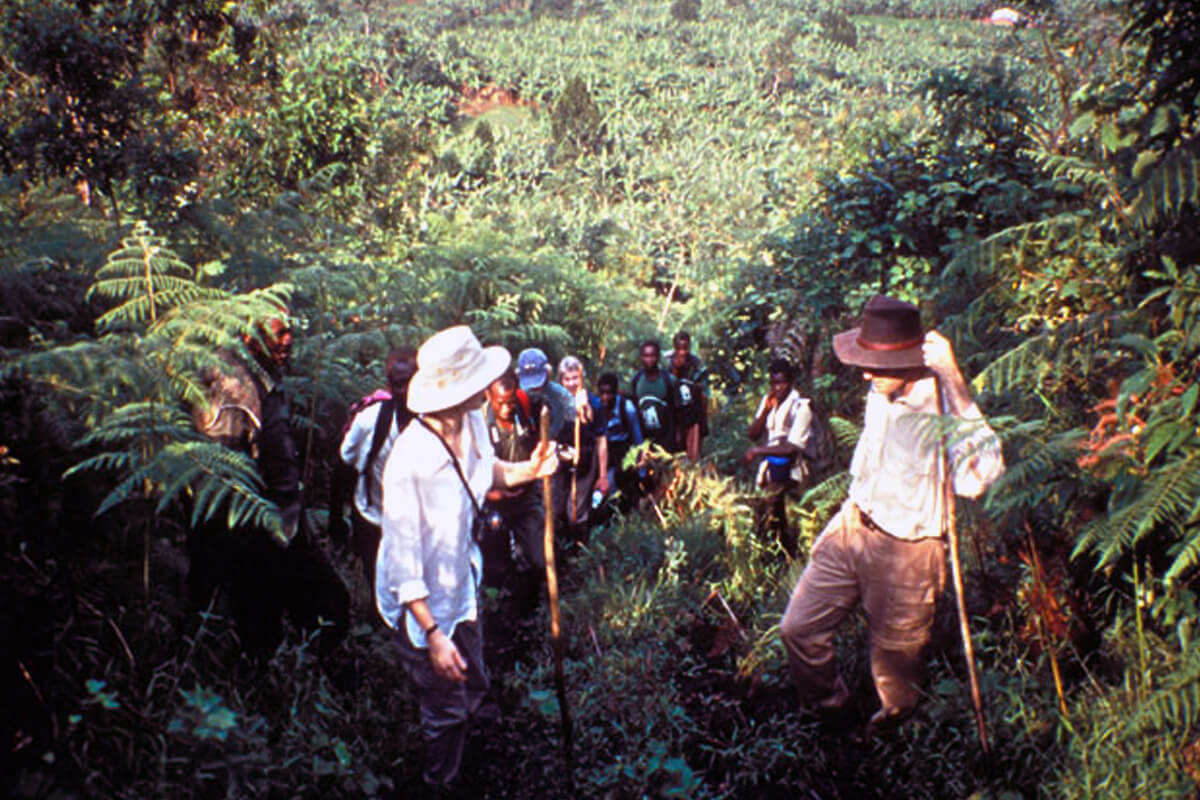
5. Hiking/Nature Walks
Delve into six main trails, each offering distinct experiences—be it glimpses of waterfalls, panoramic views of the Virungas, or the rare opportunity to traverse an impenetrable forest as very few have.
6. Cultural Encounters
The areas around Bwindi Impenetrable National Park are surrounded by the local Bakiga and Batwa tribes of southwestern Uganda. Through community walks you will get to meet the locals, visit village homesteads, meet local healers, partake in traditional handcrafts, and enjoy cultural performances – especially dance.
The Batwa were forest-dwelling hunter-gatherers until the 1990s when they left the forest, and have a very interesting culture with a unique connection to the impenetrable forest where they lived and co-existed with nature for hundreds of years.
Park Amenities
Accommodation in Bwindi caters to all preferences, from luxurious stays to camping experiences across all sectors of the park.
Despite the remote location, Bwindi is very accessible both by road and air.
By road, Bwindi is 9 hours from Kampala – Uganda’s capital, but it is only 4 hours from Kigali – across the border in Rwanda. Bwindi is also closer to other national parks and towns in western Uganda, which means very few people ever take the long drives.
You can also fly to Bwindi from Entebbe or other Ugandan national parks by domestic flights to Kihihi or Kisoro. From here, the drive is short and you will be at your lodge just outside the park.
Take a look at our itineraries for a clearer picture of how most trips flow and how you would move from one place to another.
Conclusion
Bwindi Impenetrable National Park isn’t just a sanctuary for mountain gorillas and diverse wildlife; it’s a testament to sustainable conservation. The park’s initiatives, integrating local communities into its ecosystem, ensure that its natural treasures remain preserved for generations.
Exploring Bwindi isn’t merely about witnessing its beauty; it’s about participating in a legacy of conservation and fostering a harmonious coexistence between humans and nature.

